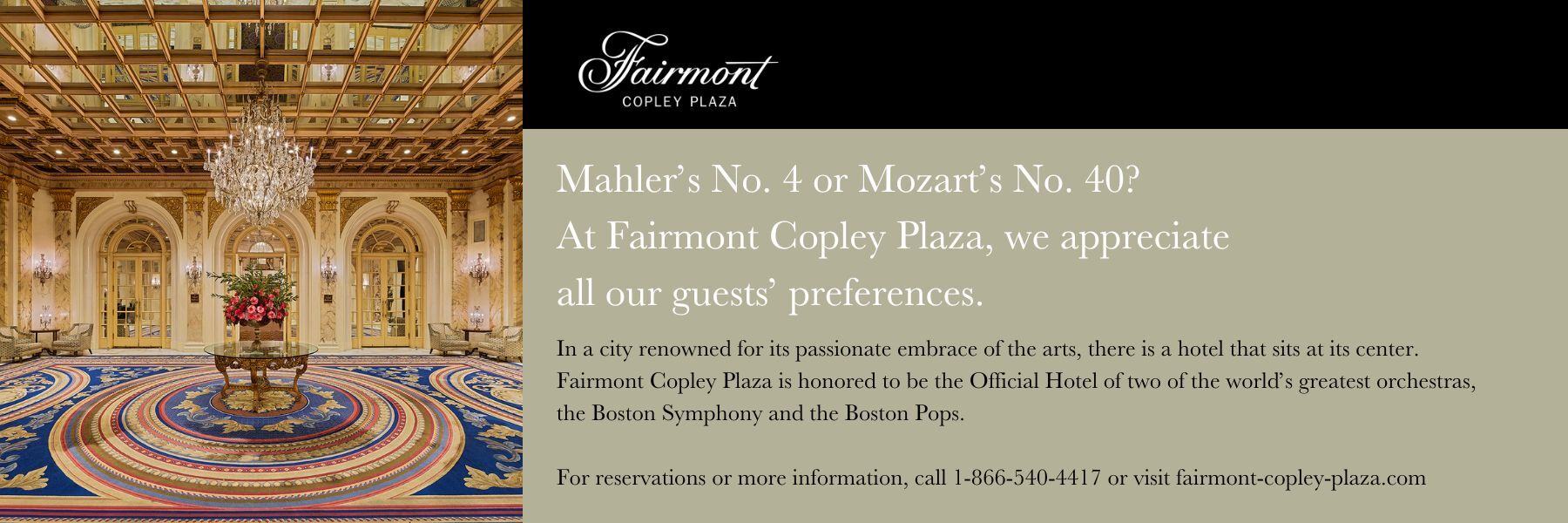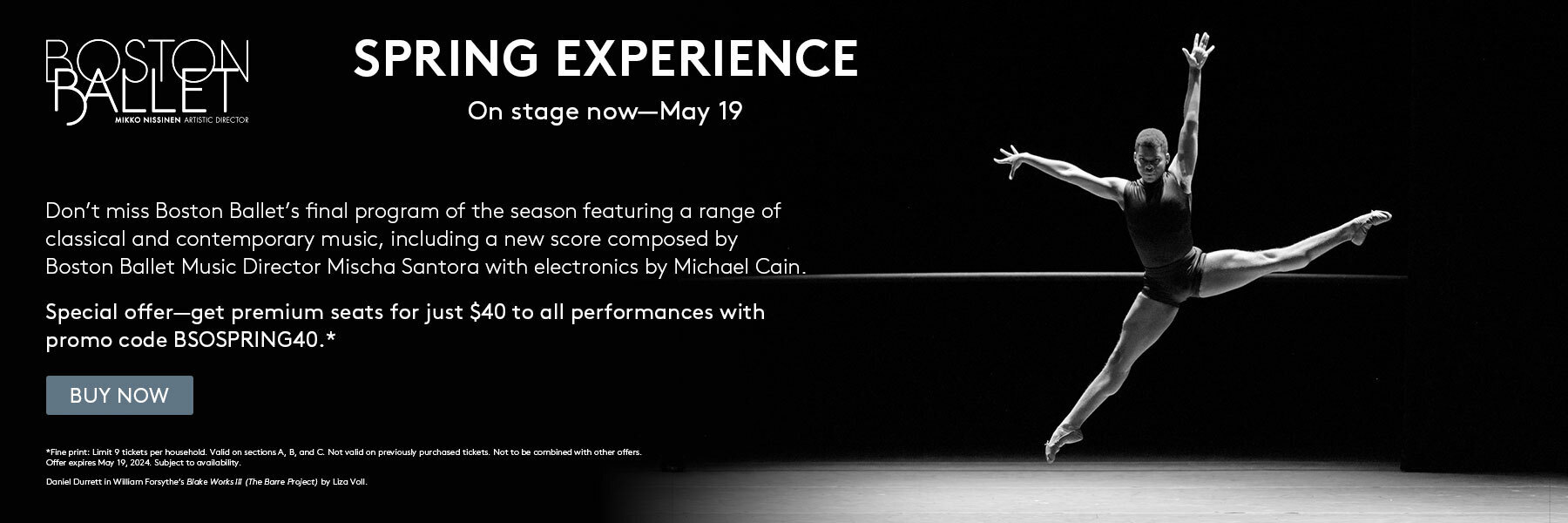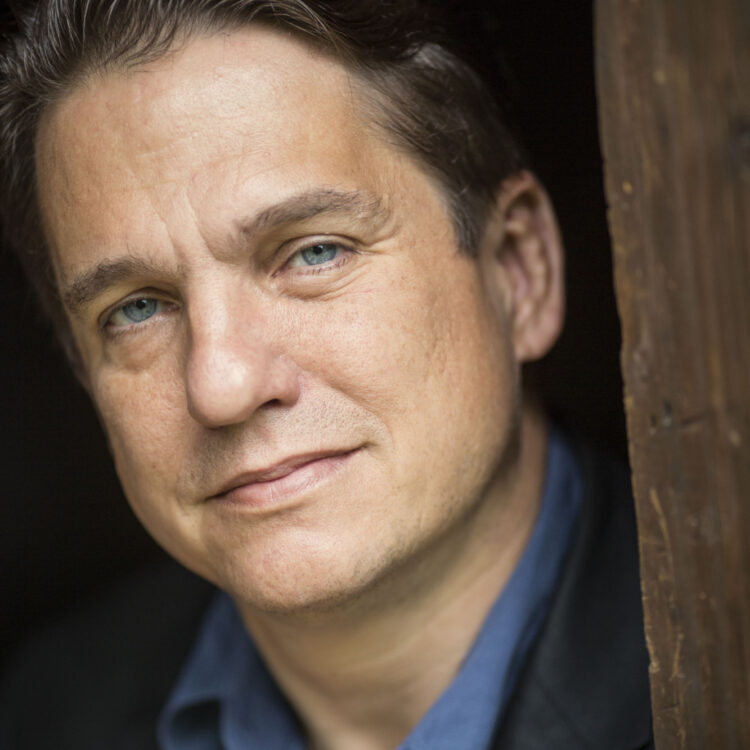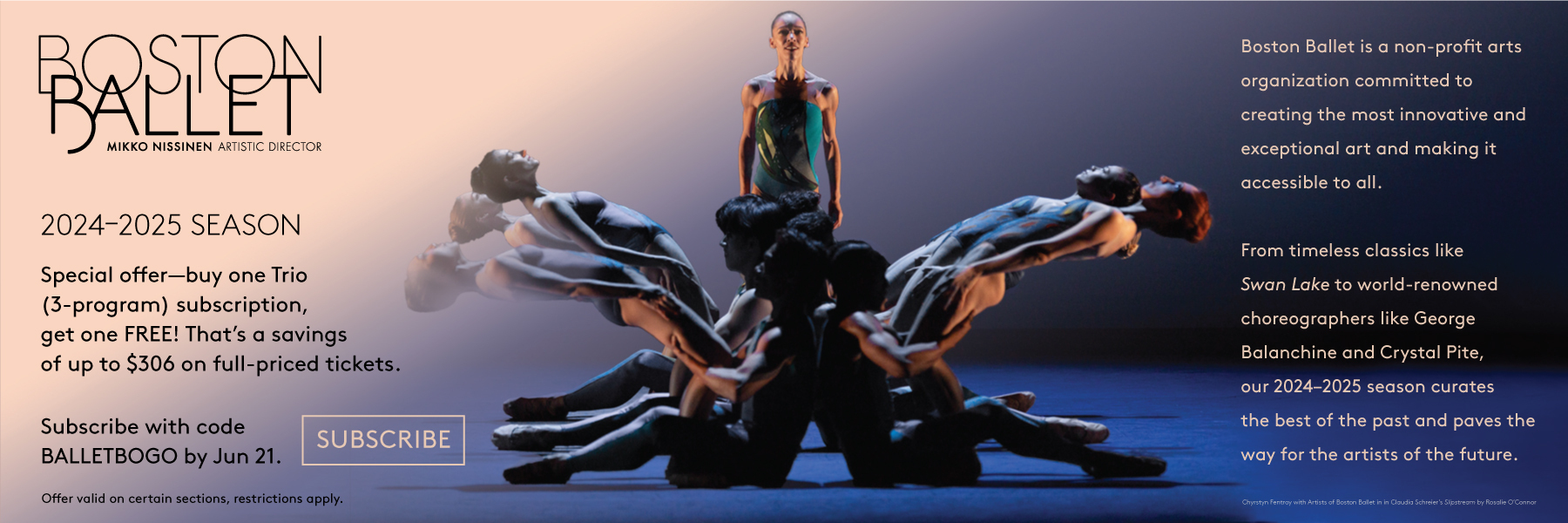Darius Milhaud (1892-1974) composed his ballet score La Création du monde (“The Creation of the World”) in 1923 in Paris, and the first performance was given there on October 25, 1923, by the Ballets Suédois directed by Rolf de Maré and conducted by Vladimir Golschmann.
Disqualified from military service in 1914 on medical grounds, Darius Milhaud was free to travel to Brazil in 1916 with the diplomat/poet Paul Claudel. Always open to influences from remote sources, Milhaud responded keenly to the Brazilian music he heard in the streets and the sounds of nature in the forest. On his return to Paris he immediately fell in with a group of eager young musicians (Poulenc among them) somewhat haphazardly labeled “Les Six,” under the spell of Jean Cocteau and Erik Satie. (The others were Georges Auric, Louis Durey, Arthur Honegger, and Germaine Tailleferre.) Their aesthetic stance was firmly directed against anything gushingly romantic or impressionistic, so the bracing rhythms of dance music and some spiky dissonances borrowed from Stravinsky were exactly to their taste. Novelty and outrage were their stock in trade.
Visiting London in 1920 Milhaud heard jazz for the first time, played by the American Billy Arnold and his band, and it was mainly to find out more about jazz that he visited the United States in 1922. He procured engagements as pianist and conductor to pay his way; Leopold Stokowski even engaged him to conduct the Philadelphia Orchestra, although he had almost no previous experience on the podium.
In Boston he played the piano with members of the Boston Symphony and gave a lecture at Harvard. The Harvard Glee Club under its director Archibald T. (“Doc”) Davison had visited Paris the year before and had pieces written for them by both Milhaud and Poulenc, so they welcomed Milhaud with a party at the famous Brunswick Hotel on the corner of Boylston and Clarendon streets, with whiskey discreetly served in teacups. It was mainly to let Milhaud hear the jazz band that Davison had chosen the Brunswick.
Milhaud later told the press in a New York interview that Europeans were much influenced by American music. “Which composers?” they asked, “MacDowell? Carpenter?” “No,” he replied, “it’s jazz.” Horror seized the poor journalists, whose readers considered jazz fit only for dancing. “Milhaud Admires Jazz” ran the headline. The Brunswick band was a cocktail band with violin, saxophone, and drums, while the Paul Whiteman band, which Milhaud heard in New York, was “the Rolls-Royce of dance music.” He also went to Harlem dance clubs, which were not then much visited by white people, bought records on the Black Swan label, and left America determined to write “chamber music” jazz.
Back in Paris Milhaud proposed a collaboration with the cubist painter Fernand Léger and the modernist poet Blaise Cendrars. The plan was to be a ballet inspired by African folklore called “The Creation of the World.” They trawled the least fashionable Parisian cafés to hear bands with accordion, clarinet, cornet, trombone, and violin. They went to hear West Indian bands and folk groups from the Auvergne. In the end Milhaud wrote for a band like those he had heard in Harlem, with seventeen musicians. Léger wanted inflatable flowers and trees in his décor, but the gas pumps were too noisy, so he had to make do with African animal skins and masks.
The new work was presented on October 25, 1923, in Paris by the Ballets Suédois, a company founded by Rolf de Maré in 1920 with a commitment to all the most advanced forms of dance and theater. Léger had worked for them before, and five members of Les Six had contributed to an eccentric show devised for the Ballets Suédois by Jean Cocteau in 1921 called Les Mariés de la Tour Eiffel. They lacked the prestige of Diaghilev’s Ballets Russes, but had good dancers and a progressive spirit. The work fit neatly into the current aesthetic in advanced Parisian circles, with its emphasis on African culture, jazz, and modernist dancing. The critics thought La Création du monde was not serious enough to be performed in a theater, being fit only for the music hall. Ten years later, as Milhaud pointed out, these same critics were saying that La Création du monde was his best work.
The score requires a small orchestra, with solo strings, to which a saxophone, a piano, and an array of percussion are appended. The jazz idiom is unmistakable, although the opening is restrained in its steady flow, against the regular quiet thump of the bass drum. This is the Overture, followed by five movements with a distinctive jazz color. Each movement was given a general narrative idea in Cendrars’ scenario. Thus the first movement represents chaos before the Creation (so different from Haydn’s picture of the same thing!), with a jaunty fugue led off by the double bass. The second section shows the birth of animals and plants in solemn music recalling the Overture, with solos for the flute, then the oboe (more blues-like), then the horn. There follows “the birth of man,” much livelier, with echoes of Stravinsky’s Soldier’s Tale. A movement depicting “desire” brings a Gershwinesque clarinet to the fore, shimmying in grand style, with a languorous middle section. The last section, intended to suggest spring, is introduced by the oboe; it soon begins to fade away under fluttering flutes and a nostalgic farewell from the saxophone.
By all accounts—and there are plenty of musicians in both Paris and California who remember him—Milhaud was a most congenial man. His autobiography was entitled My Happy Life. He died aged 82, contented with his 441 opus numbers and delighted by the honors and acclamation of old age. His glory belongs to the 1920s and Les Six; and although in his later days he expressed some impatience with reminiscence-hunters, he was proud of the role he played in those heady days and happy to look back on a life that offered him few agonies.
He was an effective teacher (Dave Brubeck was one of his students at Mills College, California, where he taught for many years during and after the war) and an entertaining writer as well as an amazingly fertile composer. We should not forget that Claudel was always inclined to draw Milhaud toward a deeply serious vein of work, the very opposite of the music for which he is best-known. Although the prevailing aesthetic of Les Six was a dedication to puncturing pomposity and lampooning tradition, most of them, if not all six, felt that their music had a fundamental seriousness of purpose beneath the frivolity and fun. Milhaud’s vast production of serious music (a dozen operas, seventeen string quartets, etc.) will always remain a little-known continent of music.
HUGH MACDONALD
Hugh Macdonald taught music at the universities of Cambridge and Oxford and was Professor of Music at Glasgow and at Washington University in St Louis. His books include those on Scriabin, Berlioz, Beethoven, and Bizet, and was general editor of the 26-volume New Berlioz Edition. His Saint-Saëns and the Stage was published in 2019 by Cambridge University Press.

















